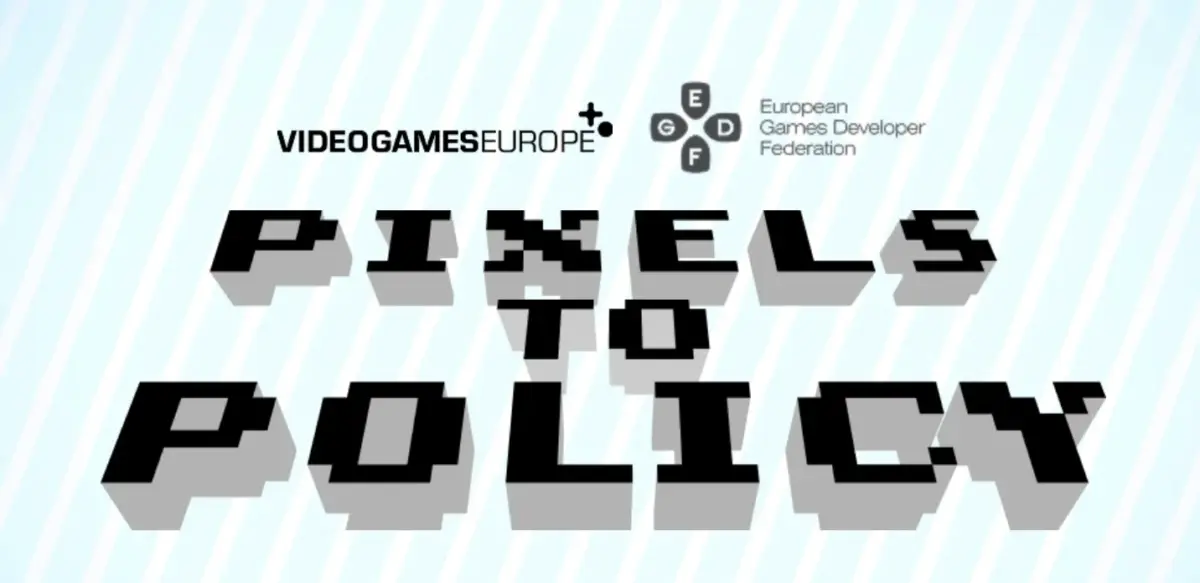The idea of gaming being a niche hobby has long passed, and one only needs to point to the sheer amount of money that the industry rakes in as evidence. Of course, there are people who fall into the opposite category of rarely or never having picked up a controller, and as a result, they may be less inclined to see what games have to offer, either economically or in terms of more personal fulfilment.
Video Games Europe has set up the Pixels to Policy campaign in order to make non-gamers more aware of the role that games play in society.
Pixels to Policy Campaign
The idea of the campaign is to illustrate the consumer choice offered by Europe’s burgeoning video game industry. The ultimate goal, as highlighted by the name, is for Europe’s policy-makers to take the value of the gaming industry into consideration going forward – making gaming something that’s less isolated to those who enjoy it, and understood as a crucial part of the economy.
This, per the website, is split into four different categories – “The Industry, the Players and the Economy”, “Best-in-Class Minor Protection and Parental Guidance”, “Europe’s Video Game Landscape” and “Player Choices and In-Game Activities.”
How Much is the Gaming Industry Worth?
The global gaming market is estimated to be nearing $188.8 billion in 2025, which is naturally going to prick the ears of business-minded individuals, even if they have never played a game before.
This fact may help to draw investors to the industry, especially once they also realise that game development doesn’t have to be localised to large companies. For example, indie games like Stardew Valley and Hollow Knight have operated with very small teams and proven to be enormously lucrative.
A Point of Entry
In order to reach the investors and the policy-makers, it’s also important to expand the player-base.
In some ways, what might stop some people from picking up a game in the first place could be their perceptions of what a game has to be – a shooter, an online game, or something else that has dominated gaming imagery for them.
What they might not be aware of are the smaller or more specific games that tailor exactly to their taste. In that case, it might be about finding something that resonates with them, such as a particular tone or aesthetic – or even the ability to play a game with a friend who lives far away – helping them to understand the specific function that gaming can serve as a hobby.

